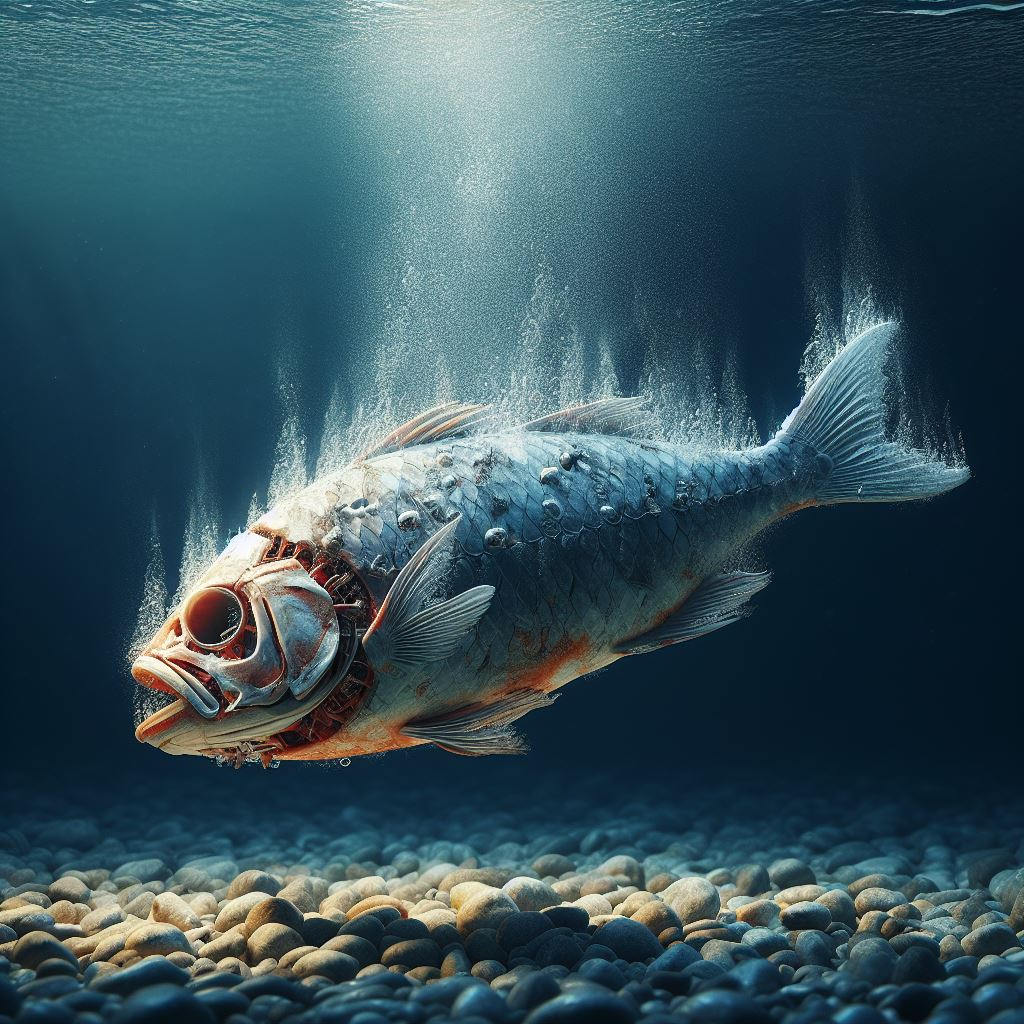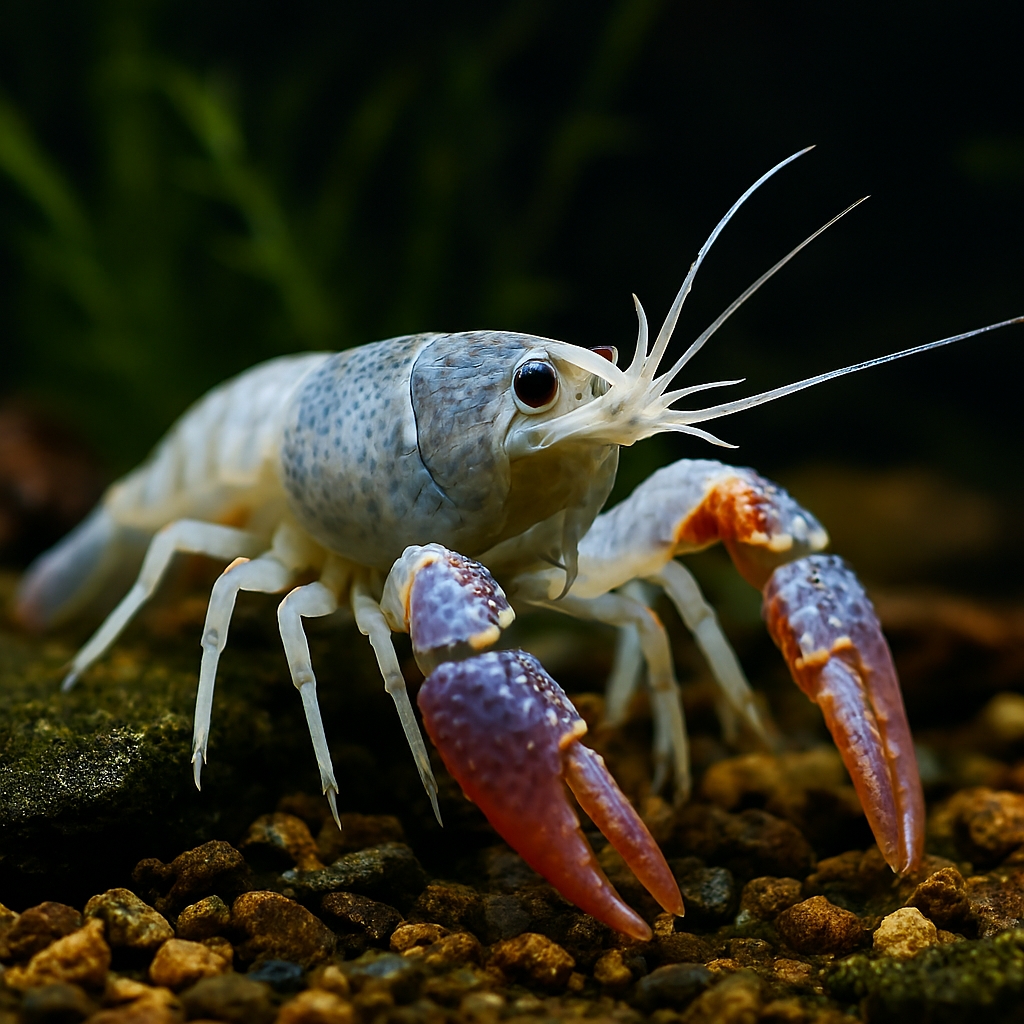There are urgent questions that need answers and long-term answers to these problems that are available NOW.
Introduction
Welcome to our deep dive into the intriguing concept of infusing pure oxygen into rivers. As we grapple with environmental challenges, innovative solutions are being explored to protect and restore our precious waterways. One such method is the infusion of pure oxygen into rivers. But what are the potential outcomes of this method? Could it be beneficial or harmful to the river’s ecosystem? In this blog post, we’ll explore these questions and more, providing a comprehensive look at the impacts of this practice on aquatic life, plant life, and the overall health of river systems.
The Positive Aspects
Introducing pure oxygen into a river can have several beneficial effects. One of the primary benefits is that it can help prevent fish mortality. This is especially beneficial during emergency situations when oxygen levels in the river drop drastically. The process involves taking in water that is devoid of oxygen, mixing it, saturating it with oxygen, and then releasing water that is 100% saturated with oxygen back into the river. This can significantly improve conditions for aquatic life.
However, there are concerns about the potential drawbacks of this method. For instance, there’s a risk that the oxygenated water could attract large volumes of fish to a small section of the river, which could have its own impact on the ecosystem.
The Negative Aspects
In the long term, the effects of pumping pure oxygen into a river are complex and can vary depending on many factors, including the specific species, the temperature and quality of the water, and the duration and intensity of the oxygen exposure. While it can help in certain situations, it does not address the underlying issues that lead to deoxygenation, such as sewage dumping and warm weather.
Moreover, it’s important to note that this method is not a silver bullet. It’s more of a band-aid solution that can help mitigate the immediate effects of deoxygenation but does not solve the root causes. Therefore, while it might help in the short term, it’s not a long-term solution for the health of the river system.
The Impact on Aquatic Life
When discussing the effects of oxygen on aquatic life, it’s important to understand that both too little and too much oxygen can be harmful. Fish, frogs, and tadpoles, like all living organisms, require a certain amount of oxygen to survive.
Fish
Fish tend to avoid areas with low oxygen levels, known as hypoxic or anoxic water. However, extremely high levels of oxygen can also be detrimental. Over-saturation can lead to a condition called gas bubble disease, where bubbles form in the fish’s tissues, causing harm.
Frogs and Tadpoles
Bullfrog tadpoles have been observed to survive in water with low oxygen levels. They can switch from facultative air-breathing to obligate air-breathing, which allows them to survive in low-oxygen conditions. However, the effects of high oxygen levels on tadpoles are not well-studied and could potentially vary depending on the species and developmental stage.
The Impact on Riverine Plant Life
When discussing the effects of oxygen on riverine plant life, it’s important to understand that both too little and too much oxygen can have significant impacts.
Aquatic Plants
Aquatic plants like all plants are often & generally thought of as adding oxygen to aquatic systems & environments through photosynthesis. However, the impact of vascular aquatic plants on oxygen varies greatly with plant morphology. For instance, floating-leaved plants that vent oxygen to the atmosphere can strongly deplete oxygen.
The presence of oxygen is a fragile one & it determines to what extent to which some organic compounds are decomposed or are preserved, and chemical processes at the oxic–anoxic interface can strongly influence how the process works by editing the cycling of limiting nutrients for autotrophic and heterotrophic production, including nitrogen, phosphorus, and iron.
Pure Oxygen also in large doses can burn and damage structure and sub-structure
Oxygen Saturation
Increasing dissolved oxygen (DO) in irrigation water can not only prevent problems, but with super-saturated levels, it can increase quality and plant growth, reducing cropping time and overall health. However, the effects of pure oxygen on plants in river systems are complex and can vary depending on many factors, including the specific species, the temperature and quality of the water, and the duration and intensity of the oxygen exposure.
Long and Short-Term Effects of Pumping Pure Oxygen into a River System
——————————————
Short Term Effects
In the short term, pumping pure oxygen into a river can help mitigate fish deaths. This is especially beneficial during emergency situations when oxygen levels in the river plummet. The process involves drawing in water with no oxygen, mixing it, super saturating it with oxygen, and then releasing water with 100% saturated oxygen back into the river. This can significantly improve conditions for marine life.
However, there are concerns about the potential drawbacks of this method. For instance, there’s a risk that the oxygenated water could attract large volumes of fish to a small section of the river, which could have its own impact on the ecosystem.
Long Term Effects
In the long term, the effects of pumping pure oxygen into a river are complex and can vary depending on many factors, including the specific species, the temperature and quality of the water, and the duration and intensity of the oxygen exposure. While it can help in certain situations, it does not address the underlying issues that lead to deoxygenation, such as sewage dumping and warm weather.
Moreover, it’s important to note that this method is not a silver bullet. It’s more of a band-aid solution that can help mitigate the immediate effects of deoxygenation but does not solve the root causes. Therefore, while it might help in the short term, it’s not a long-term solution for the health of the river system.
Alternative Solutions
While pumping pure oxygen into a river can help in certain situations, it’s not the only method available to improve the health of river systems. Here are a few alternative solutions:
Natural Flood Management (NFM): NFM uses natural materials to slow the flow of water through the land and reduce the chance of flash flooding, as well as increasing water storage throughout the landscape.
Sustainable Urban Drainage Systems (SUDs): SUDs, such as rain gardens, green roofs, permeable paving, and infiltration trenches, are designed to counteract the effects of an ever-increasing amount of non-permeable land surfaces like concrete by reducing water runoff.
Environmental Projects: These projects help to deliver water for the environment to the floodplain. They include the environmental structure & construction of regulators that support the delicate balance of natural wetting and drying of key wetlands, and design and control the upkeep of fishways to help fish navigate the river.
Future Research
The future of global river health monitoring is a promising field of research. A roadmap has been constructed & charted that identifies global data, research and technical priorities, and opportunities to advance global river health monitoring and betterment. The aim is to have an adequate monitoring framework in place and implemented by 2030, with the potential for substantial enhancement by 2050.
Moreover, there is a need for more research on the long-term effects of pumping pure oxygen into rivers. This includes studying the impacts on different species, the temperature and quality of the water, and the duration and intensity of the oxygen exposure. It’s also important to investigate how this method interacts with other factors affecting river health, such as pollution, climate change, and human activities.
Pumping pure oxygen into a river might help in certain situations, it’s important to consider the potential impacts and monitor the oxygen levels carefully. Both too little and too much oxygen can disrupt the balance of the ecosystem and potentially harm aquatic organisms and plants. Therefore, it’s crucial to implement this method thoughtfully and in conjunction with broader efforts to protect and restore our precious waterways.
The EcoReef Project is among a number of organizations that offer commonsense approaches to the health of our rivers. Whilst it’s early days for their offering mainly because they are self-funded and short on testing facilities, nevertheless, their product line-up is ever expanding and free for anyone to use, test, and operate. Add to this the fact that their EcoReefs can be installed immediately without harming any animal life, then perhaps they are worth considering.
Conclusion
In conclusion, the infusion of pure oxygen into rivers is a complex issue with both potential benefits and drawbacks. While it can provide immediate relief in emergency situations, it does not address the underlying causes of deoxygenation and is not a long-term solution for the health of river systems.
Furthermore, the impacts on aquatic life and plants can vary widely and require careful monitoring. As we move forward, it’s crucial that we continue to research and explore alternative solutions, always with the goal of protecting and restoring our precious waterways. We hope this blog post has provided you with a deeper understanding of this topic and encourages further discussion and exploration.
Remember, every step we take towards understanding and preserving our environment makes a difference. Let’s continue the conversation and work together for a sustainable future.
Join the Discussion
What are your thoughts on this topic? Do you think this environmental process is right & benefits the environment or does it outweigh the potential drawbacks? Share your thoughts and let’s dive deeper into this discussion!
#RiverHealth #Oxygenation #AquaticLife #WaterQuality #Ecosystem #Innovation #Sustainability #Environment #MarineLife #Conservation #ClimateChange #WaterPollution #Fisheries #Aquaculture #Biodiversity #minindilakes


















wzmxykrbbe
Muchas gracias. ?Como puedo iniciar sesion?